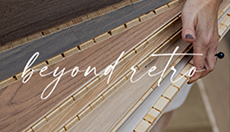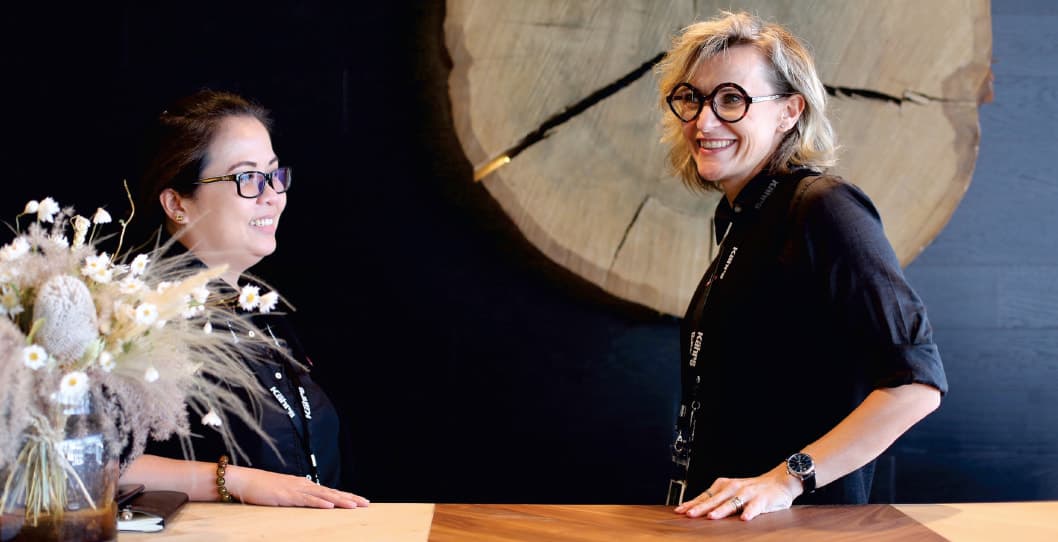Understanding Your Hardwood Species: Facts And Features
August 13, 2019
Wood is undoubtedly the most valuable natural commodity in use across various industries. Due to its high demand, forests are grown and harvested around the world to supply this eco-friendly material.
The wood economy is one of the oldest in existence. It is generally divided into hardwoods and softwoods, and are used for a number of purposes across different industries. The wood flooring industry, for instance, hardwoods for engineering the floorboards as there are stronger than the softwoods. Globally, hardwoods are cultivated from broad-leafed trees and makeup 10% of worldwide timber production.
Hardwood species generally take longer to grow, which makes them more valuable than softwoods. Due to their strength and durability, hardwood lumber is used for finer furniture, fittings and wood floorings. Hardwood species come in a variety of colours, textures and grain patterns, making them an excellent choice for furniture pieces.
While hardwood and softwood boards look similar, they are essentially different. Hardwoods have pores and vessels which allow water to seep into the heartwood. This adds to the quality of hardwood trees. Further, seasonal changes influence the growth stages of a hardwood tree, contributing to their unique grain patterns.
In this blog, we look deeper into some of the commonly used hardwood species, from which Kährs engineer their finest wood floorings.
Finest wood floorings crafted from the finest species
Every wood is unique and exhibits qualities like no other. They not only vary in colour, texture and grain patterns but also create different vibes when putting into use. At Kährs, we use the finest hardwood species to engineer wood floorings that add character to our clients’ homes.
Ash
A species commonly found in Asia, Europe and North America, Ash is known to undergo a medium degree of change over time as a direct result of climate changes. The sapwood is almost white while the heartwood shows hues that vary from grey to light brown to light yellow with brown streaks.
Oak
Oak occur as both evergreen and deciduous species and are typically found from cool temperate to tropical latitudes in the Americas, Asia, Europe, and North Africa. White oak, which is commonly used for wood flooring has a light brown tone and undergoes medium colour change and slight ambering with time.
Walnut
Walnut species are more commonly found from southeast Canada west to California and south to Argentina. They are also found in southeastern Europe and is one of the favoured hardwoods of all time. The sapwood of the tree has a creamy white colour while the heartwood is darker, a light brown to dark chocolate in colour and sometimes purplish. The wood has a special lustre that is formed due to medium to high degree colour change, were the heartwood changes to a more golden brown, with time.
Beech
Beech is a species native to temperate Europe, Asia, and North America with light cream to medium brown tones and pink undertones. With time, beech undergoes a colour change, where the orange colours are muted and paves way for ambering.
Birch
A very common tree species widespread in the Northern Hemisphere, birch exhibits a straight-grained wavy and fine structure. The wood changes its hues from a sanded creamy colour to reddish yellow as it ages.
Maple
Maple species are found in Asia, Europe, North America and Africa and are one of the commonly cultivated hardwoods. The hard maple varieties, for instance, has a cream coloured sapwood that has a tendency to change colour to reddish brown, while the heartwood varies from light brown to dark brown, with red highlights. The creamy part undergoes a colour change over time, changing to golden colour.
When compared to hard maple, the European maple is more suited for interior and furniture designs as it takes coloured stains easily. The wood is light coloured and turns golden as it ages.
Jarrah
Jarrah is a species that is endemic to the south-west of Western Australia. The timber has a smooth surface with straight graining. The sapwood and heartwood vary from salmon-pink to a deep red, while the finished floorboards exhibit dark brown to reddish purple tones.
Cherry
Cherry is native to temperate regions of the Northern Hemisphere. The tree has creamy white sapwood and a deep red to reddish brown heartwood. The cherry wood is known to undergo an extreme colour change, reaching a dark reddish hue when fully aged, with a fine straight grain.
The jatoba or Brazilian cherry, on the other hand, has light pink to greyish undertones, with a heartwood that is salmon pink to reddish brown. The sapwood also exhibits broader figuring. Jatoba deepens colour overtime to a rich vibrant red.
Knowing your wood species better will help you choose the perfect Kahrs hardwood flooring for your home. Reach out to us for more information on home and apartment flooring.






